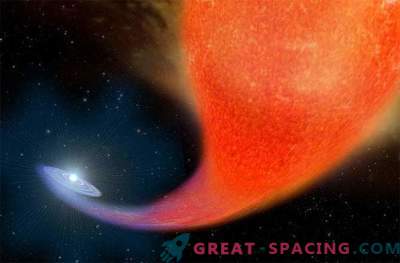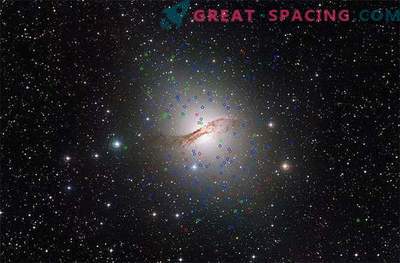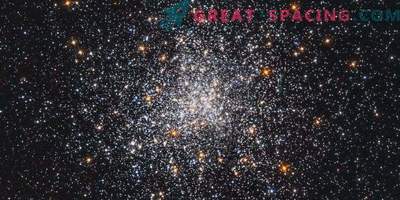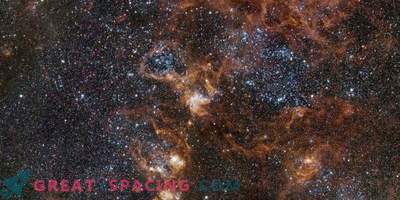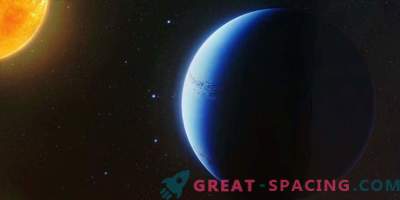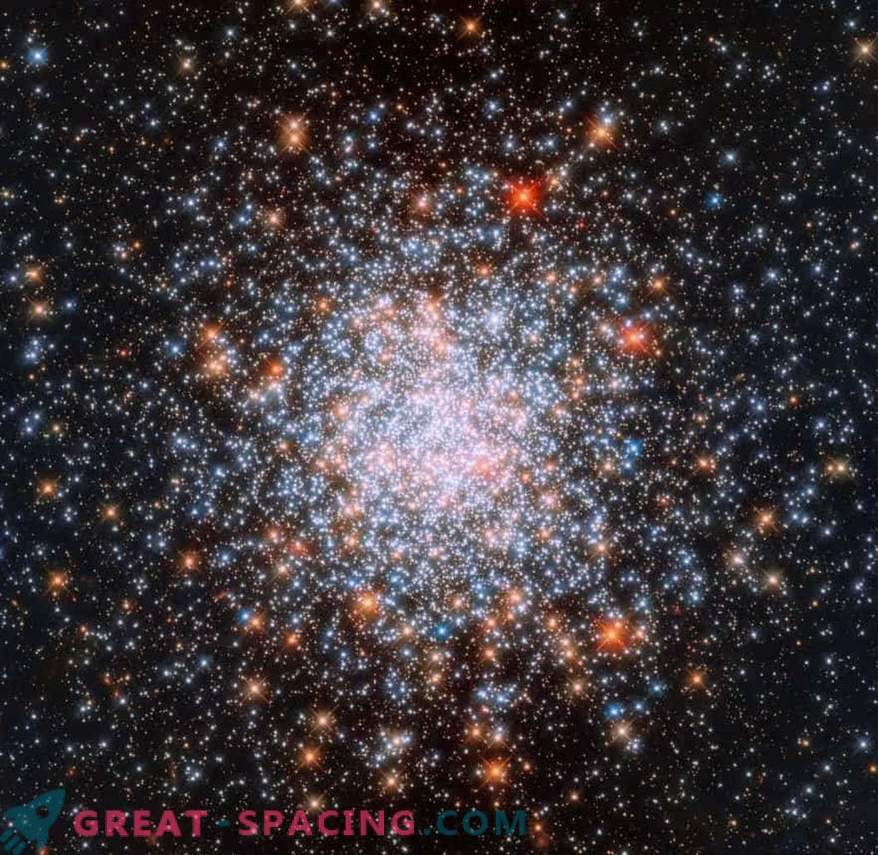
Star clusters are common structures in the Universe, each of which consists of hundreds of thousands of stars combined by gravity. The photo from the Hubble Space Telescope demonstrates many clusters, one of which is NGC 1866.
NGC 1866 resides on the very edge of the Large Magellanic Cloud - a small galaxy near the Milky Way. The cluster in 1826 found the Scottish astronomer James Dunlop, who compiled a catalog for thousands of stars and deep space objects.
But NGC 1866 cannot be attributed to ordinary clusters. This is an amazingly young globular cluster close to us, so its stars can be studied separately. Arguments about how globular clusters form are still ongoing. But similar observations have shown that most of the stars are ancients with low metallicities. In astronomy, "metals" are considered any elements other than hydrogen and helium. Heavier elements are formed in the stellar core during nuclear fusion, therefore low metallicities indicate the ancient age of the star. Perhaps these stars are so ancient that they were among the first after the Big Bang.
But in the case of NGC 1866, not all stars are the same. It is believed that in the cluster there are different stellar populations and generations. As soon as the first generation of stars appeared, the cluster could collide with a large-scale gas cloud, which led to a new wave of star birth. This was followed by the appearance of a second younger stellar generation.

